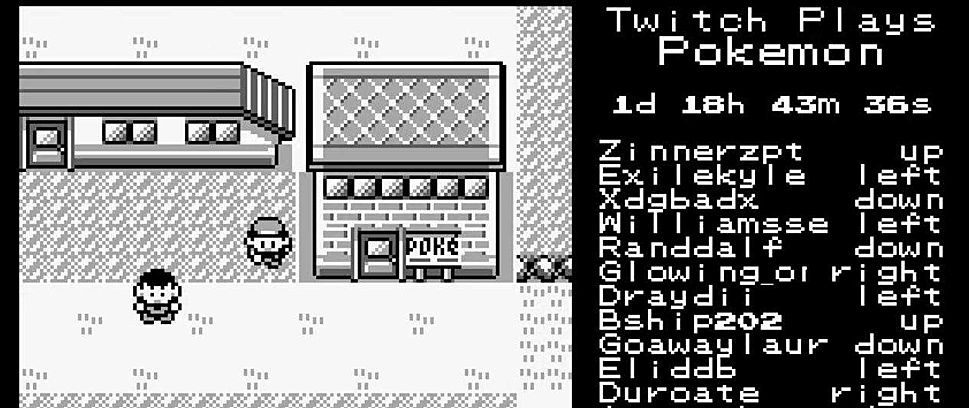
4K Will Devour Your Hard Drive
4K will be the Next Big Thing in the world of gaming. Well, that’s what the hardware manufacturers are telling us, anyway. This past E3, Microsoft unveiled 4K video support for the new Xbox One S, while next year’s Project Scorpio is set to deliver native 4K gaming. PlayStation Neo is rumoured to do the same, and Sony is already emphasising the Ultra HD standard with its range of 4K TVs. What no one seems to be talking about, though, is just how Big this Next Big Thing is.
Consider 4K video. The iPhone 6s provides a pertinent example with its 4K camera functionality: 1 minute of 4K video at 30 frames per second requires almost triple the hard drive space of an HD equivalent (375 MB versus 130 MB). This isn’t raw footage, either; the iPhone compresses the files to save space at the cost of pure quality. Nevertheless, with iPhone capacity capping out at 128 GB (only 114 GB of which is usable), no more than 5 hours of footage can be stored at one time.
The costs get steeper when it comes to commercial content. Sony’s Video Unlimited service offers 4K movies for download, with each weighing in at around 40 GB. FandangoNOW steps it up by requiring 60 GB per movie, while 4K downloads from DirecTV chew through a whopping 100 GB for every 90 minutes of footage. With a 1 TB external hard drive fetching around $60, every additional movie incurs an overhead of up to $6 of storage space. That’s often more than the cost of the movie itself.
Video, though, is only one component of video games. 4K gaming also requires high-res textures, and they don’t come cheap. The misleadingly named HD texture pack for Far Cry Primal updates some – but not all – textures to 4K at a cost of 3.5 GB, approximately 1/6th of the full game’s size. Rainbow Six Siege offers an Ultra HD texture pack weighing in at 8 GB on top of the base game’s 30 GB while replacing only the most common textures. Heaviest of the bunch is Grid Autosport, with 4K car textures consuming 5 GB, nearly half of the base game’s 11 GB footprint.
It’s important to remember that these packs are only partial conversions; full 4K support will come with even steeper storage costs. This will impact the consoles more than PC, thanks to the latter’s range of storage upgrade options. Both the Xbox One and PS4, though, support only one internal hard drive, with the Xbox One alone allowing the use of external hard drives. Even then, the sacrificed USB ports and the two-drive limit make expansion far less friendly on consoles. Unless Scorpio and Neo change the way storage is handled, 4K will find itself a very big dog in a very small yard.
So, if you’re saving your paychecks for 4K, you might want to start stockpiling some GB, too. When the 4K era arrives, our hard drives won’t know what hit them.





